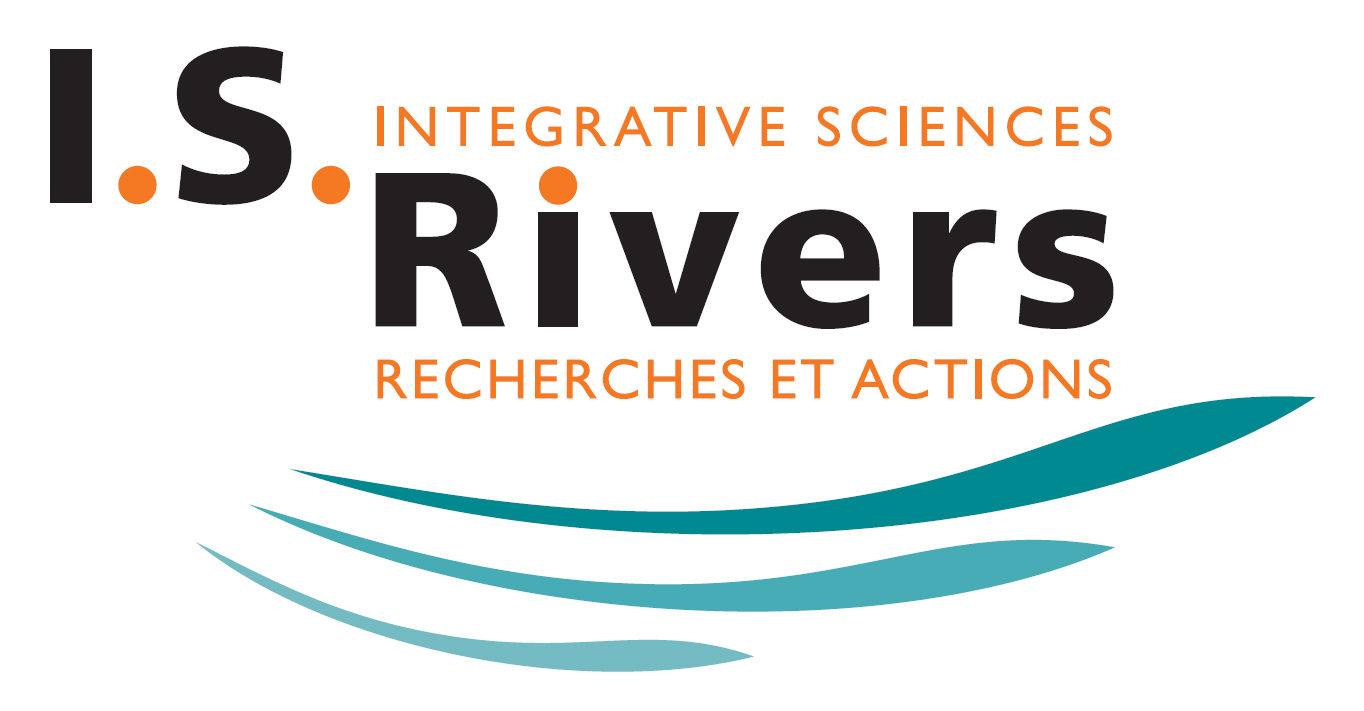Tuesday 1st of july – 16h30
16:30
Visualising past and future hydrology in France : the MAKAHO and MEANDRE portals
AUTHORS
HÉRAUT Louis, VIDAL Jean-Philippe, BARD Antoine, GIUNTOLI Ignazio, LANG Michel, RENARD Benjamin, SAUQUET Eric
France
Short Abstract: Climate change has significantly affected the hydrology of France in recent decades, and future projections confirm the continuation of these trends into the 21st century. To address these challenges, two interactive portals, MAKAHO and MEANDRE, have been developed to visualise past and future hydrological changes in mainland France and Corsica. MAKAHO provides a user-friendly platform for analysing trends in flow data from over 230 near-natural hydrometric stations, using non-parametric statistical tests to assess changes in flow characteristics over recent decades. MEANDRE provides guided access to hydrological projections from the Explore2 project, which integrates different emissions scenarios, regional climate models, bias-correction methods, and hydrological models. It synthesises a complex dataset to present key insights into future streamflow and aquifer levels, highlighting changes in mean, low and high flows, along with associated uncertainties. Together, these tools serve as decision support systems for climate adaptation, providing accessible yet scientifically robust insights for researchers, policy makers and local stakeholders. By bridging research and practice, they promote a deeper understanding of hydrological changes and support informed regional planning in response to climate change.
16:50
Adapting to climate change in the Cèze watershed
AUTHORS
BRENTEGANI Hugues
France
Short Abstract: The Cèze basin already has a water deficit. On average, 1.29 million m3 of water are needed each year to meet the water requirements of users and aquatic fauna and flora. The basin regularly experiences long, regular droughts. The impacts of global warming are exacerbating this situation. Temperatures have already risen by 1.7°C in the Gard region between 1958 and 2018. And the study Eau et Climat 3.0, carried out by the Gard département, predicts a temperature rise of 4°C by 2100 if we don’t limit our greenhouse gas emissions.
Against this backdrop, in 2023-2024 the Syndicat ABCèze implemented an approach to adapting water uses to climate change. The objectives of this initiative were to:
- Set up a wide-ranging consultation with all water users on the subject of adapting to climate change,
- Raise awareness among local residents and tourists of the consequences of climate change on our region, and of the need to save water,
- Enable residents to acquire water-saving equipment and water reclaimers at reduced prices, and to express their views on their water use.
This initiative, entitled “Préserver l’eau on s’y met tous”, presented the diagnosis of climate change in the Gard region (the basis of the CD 30 Water and Climate study).In a second phase, it enabled us to project the activities of water users in this context. In the end, it led to proposals for action by users. These actions concerned: water storage, retention and infiltration / continued water saving / raising public awareness / farming practices.ropositions d’actions par les usagers. Ces actions ont concerné : le stockage, la rétention, l’infiltration de l’eau / la poursuite des économies d’eau / la sensibilisation de la population / les pratiques culturales.
17:10
Characterization of the hydrological regime of the Gambia River and its variability in a context of climate change in West Africa.
AUTHORS
Ndione Mamadou, Fall Awa Niang, Faty Abdoulaye
Senegal
Short Abstract: The hydrological behavior of rivers in West Africa is closely linked to rainfall, which has fluctuated significantly in recent decades. The aim of our work is to characterize the hydrological regime and its variability in the Gambia River basin. To this end, we selected 16 representative rainfall stations and three main hydrometric stations. Several statistical processing methods were applied: tests for breaks in series with Kronostat, deviations from the mean (rainfall data) and standardized flow indices, monthly flow coefficients, sliding monthly averages before and after breaks (hydrometric data). These data show that the Gambia’s hydrological regime is highly variable, ranging from purely tropical to transitional tropical. Three trends stand out: an initial wet phase from 1959 to 1967, with surplus water levels; a second, long phase from the late 60s to the late 90s or early 90s for stations in the southern Sudanian region. This phase was marked by a drastic drop in river flows of at least 50% at the hydrometric stations studied, as a result of this prolonged drought. Since the 2000s, a final trend characterizing a relative recovery in precipitation is still too timid to be reconsidered.
17:30
The challenges of integrating extreme events and future climate into the mapping of river mobility zones
AUTHORS
Maltais Maxime, Buffin-Bélanger Thomas, Biron Pascale
Canada
Short Abstract: Mapping river mobility presents three major challenges: the lack of consensus on methods, the impact of extreme events on mobility, and the integration of climate change into mapping. Three methods for calculating and projecting historical migration rates were applied to a river reach to determine which best corresponds to observed reality. Migration rates are calculated over a test period from 1964 to 2010 and projected over 11 years for comparison with the 2021 river’s position. The use of erosion polygons overestimates channel mobility, while the Planform Statistic Toolbox and Digital Shoreline Analysis System (DSAS) are sensitive to mobility caused by extreme events. In addition to historical migration rates, methods are being developed to identify reaches whose morphodynamics are sensitive to extreme events, and to integrate them into river mobility mapping. Moreover, the use of historical migration rates enables the mapping of currently mobile reaches but does not easily include the notion of climate change and its influence on river dynamics. Specific stream power, assessed in current and future climates can be used to identify river reaches that exceed the thresholds associated with river mobility. More than 50 river routes on Quebec’s rivers allow us to identify power thresholds specific to different regions of the province.
